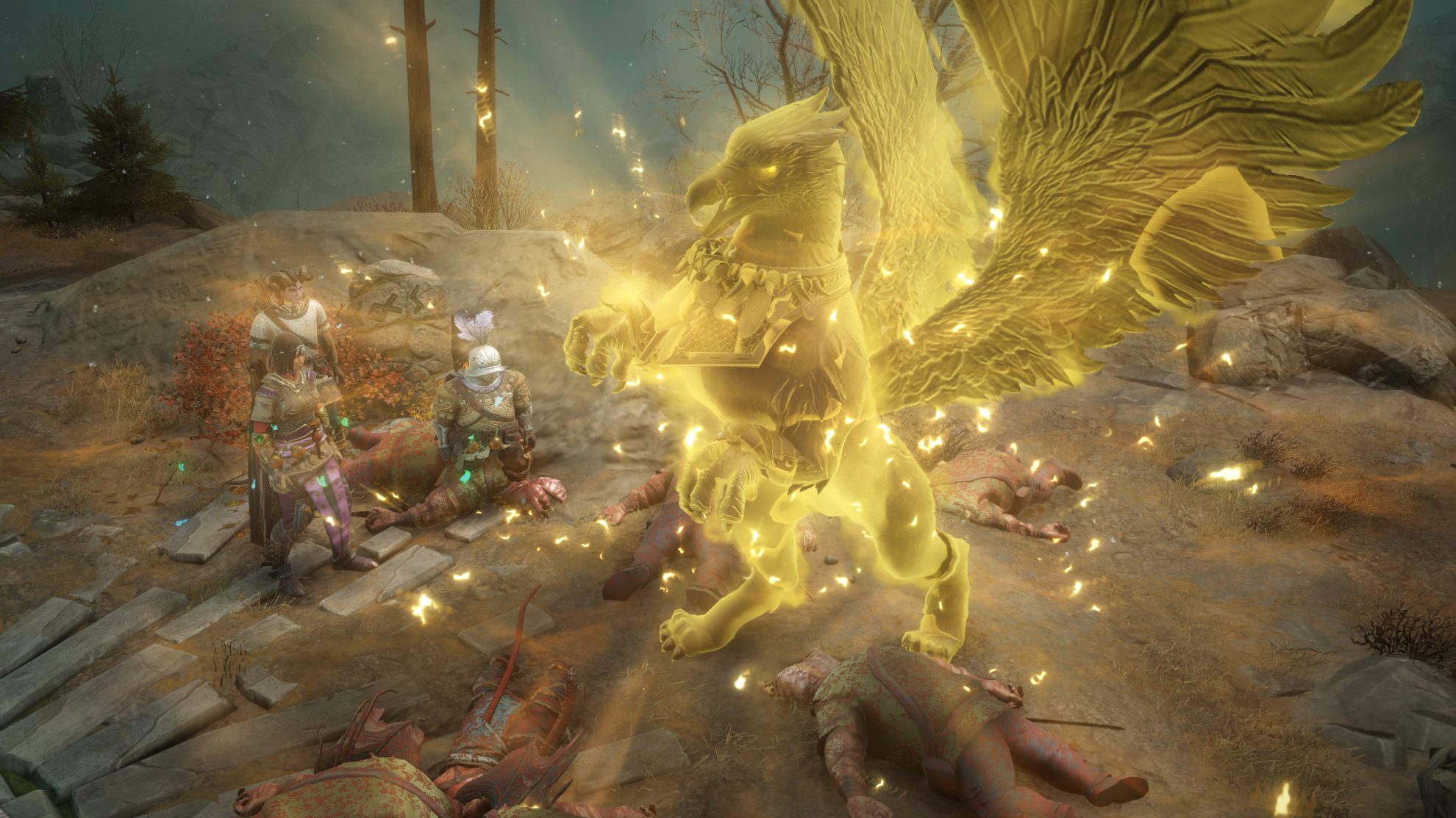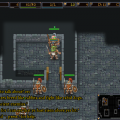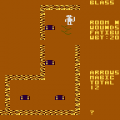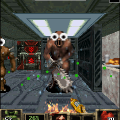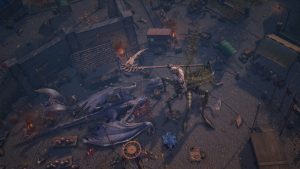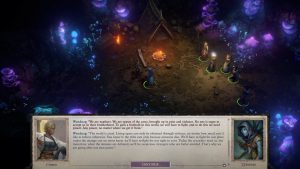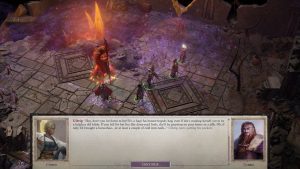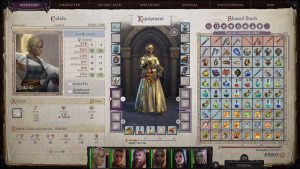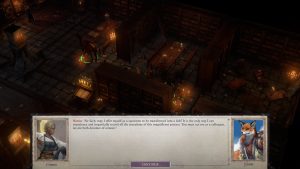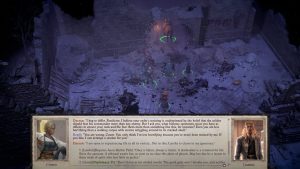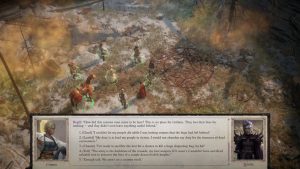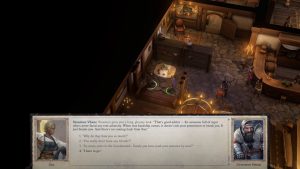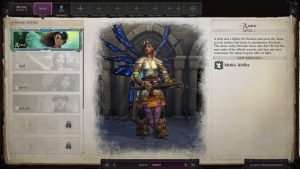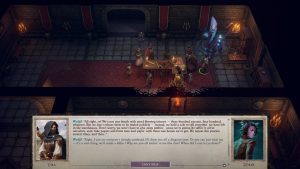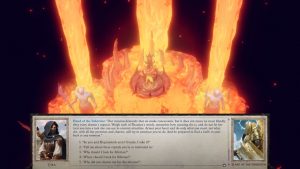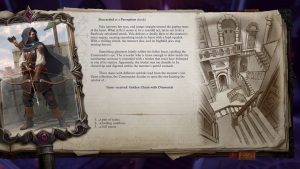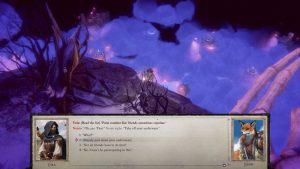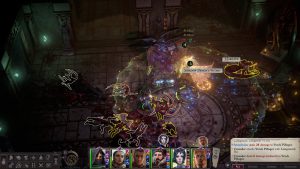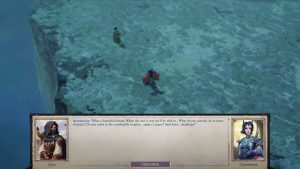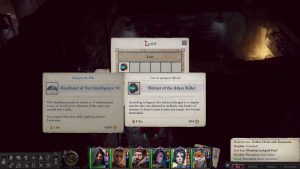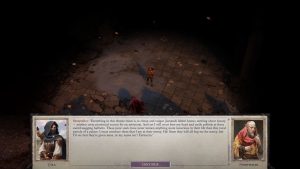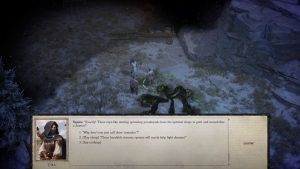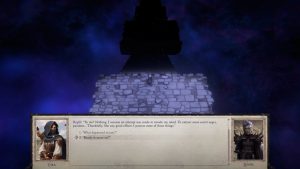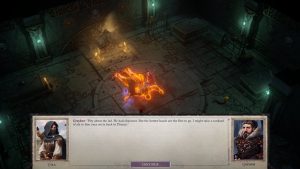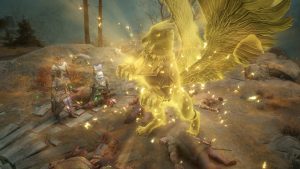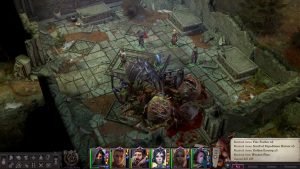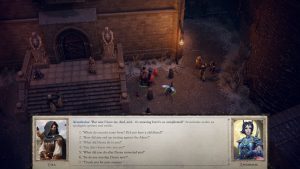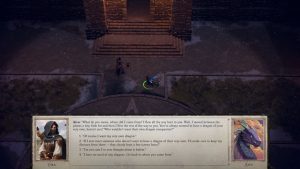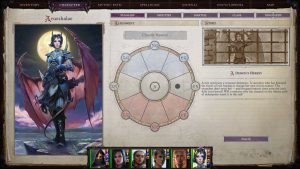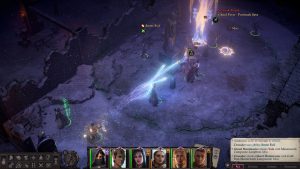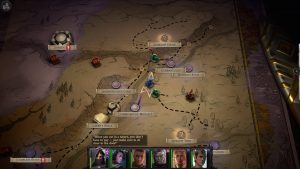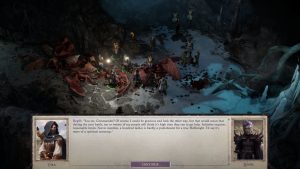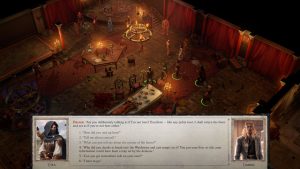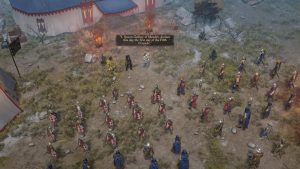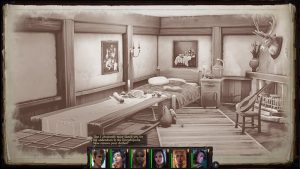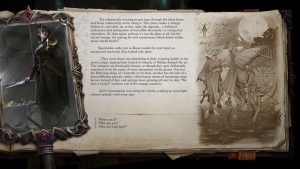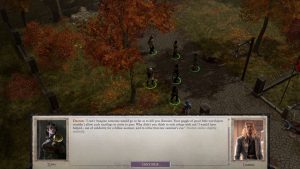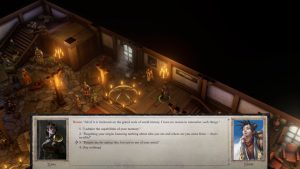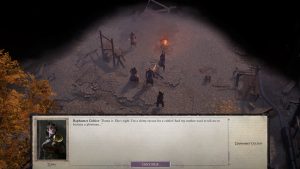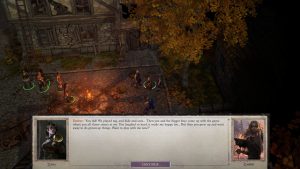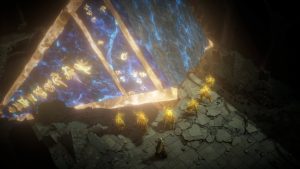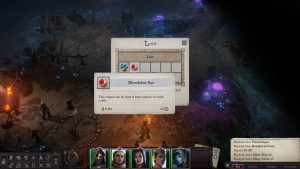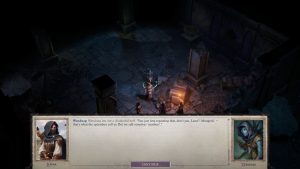- Pathfinder: Kingmaker
- Pathfinder: Wrath of the Righteous
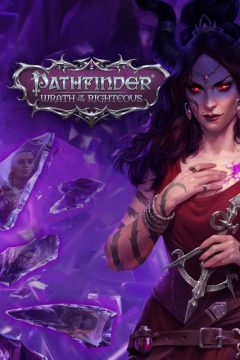
The development of Kingmaker was a messy one, a first major project from a new studio that was tackling one of the most complicated types of games to make. However, it resulted in a lot of lessons learned by Owlcat, who proceeded to apply them into another Pathfinder CRPG. The end result was Wrath of the Righteous, another module adaptation, and easily one of the most mechanically dense and addictive examples of its genre.
This time around, the adventure takes place in Mendev, which has been under the shadow of the terrifying Worldwound for decades. Demons come pouring out of it from the Abyss and wreck havoc, with no end in sight. However, a fifth crusade is about to begin, with your character at the center of it. After surviving the assault of the city of Kenabres, helping push the demons out with what you do with a faulty wardstone, you become the Knight Commander of the fifth crusade on the queen’s order, tasked with finally ending this war.
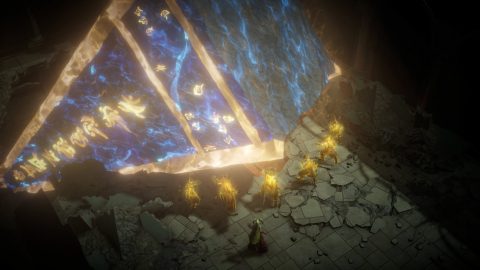
There are larger complications to consider, though. Your character seems to be awakening to an incredible power that seems to be taking various forms, starting with angelic and demonic powers and only spreading out more as you adventure. Add in Areelu Vorlesh, the Architect of the Worldwound, taking a special interest in you, and what should be a simple fight against evil could be a lot more.
You’ll be able to tell a lot has changed just from the character creator menus. Not only are there more base and prestige classes, nearly every base class has roughly six or seven variants instead of the three from Kingmaker, giving you a ton more options. There are a few new races with unique mechanical gimmicks (like damphirs having to be healed like undead are), your deity selection is now default instead of for specific classes, and you now have background selection options to further fine tune your character. Decisions made here can affect the game even into the final hours, including extra dialog options, and even potential bonuses and curses given by your chosen god based on your actions.
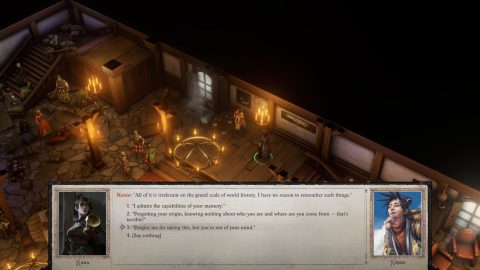
Gameplay is mostly as you remember it, but with quality of life touches. Maps are now designed with a moving camera in mind, so you can now change the angle a full 360 degrees. This even gets used as a gameplay gimmick in chapter four as the environment shifts with the camera, which is cool but occasionally disorienting. There are extra details taken into account with specific class bonuses you can turn down to avoid conflict with other classes, like being able to suppress a charisma AC bonus as a scaled fist monk if you cross class and get a conflicting bonus. The game informs you when you have non-stacking buffs and bonuses, letting you equip your characters more efficiently. There’s so many of these touches that listing them here could make for an entire article, even small things like being able to have pets on when in safe base areas.
Writing has also gone up in overall quality. All of your companions tend to be a lot more then it would initially appear, each of them hiding something from you initially, and what they’re hiding is often completely bonkers, or at least an example of unexpected character depth within the alignment system. Their character quests are also better spaced out compared to the Kingmaker cast, properly sprinkled through the whole adventure, and the cast have reasons for being there directly tied to the main conflict.
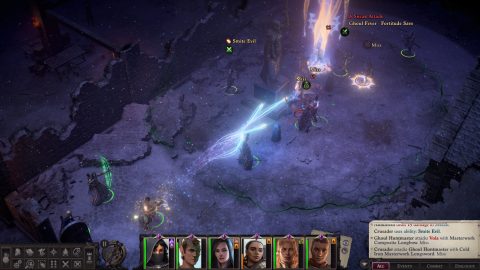
For an example character writing, an assassin named Greybor you hire is actually true neutral, a man who takes killing as a business, but is picky about his clients and targets. He gets along with some of the most unexpected companions, and shows a lot of contradictions in his actions and views, suggesting he’s on the verge of making a big life decision. The lawful evil gnome hellknight Regill also manages to catch one off guard, usually being all about strict order and forcing people into roles at any cost for a greater goal. However, he’s a tad less harsh to those he sees potential in, like a younger hellknight named Yaker, and will actually bend the rules ever so slightly if it can help such people reach their potential. He’ll even have respect for a chaotic commander if you manage to make wise decisions when needed.
As for more bonkers examples, take the wizard Nenio. She’s another true neutral who only cares about science and knowledge, to the point she chooses to forget unnecessary information, like most of her own past or your name. One of her character quests is just her trying out human concepts like “conversation” and failing miserably – which ends up being major foreshadowing for reveals for the end of her quest chain. There were a few surprises like this in Kingmaker, but WotR goes the extra mile constantly, also rewarding you for paying close attention to dialog and narration.
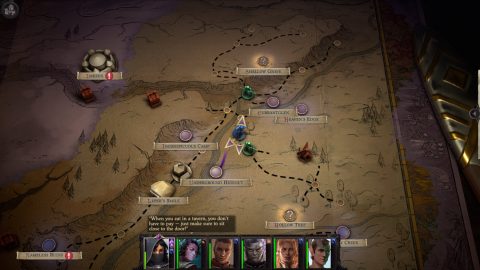
Points also must be given just for how atypical the cast is. Once again, Kingmaker had a few weirdos, but it sure didn’t have a snarky, neutral evil count who acts as your party’s healer, or a paladin who drinks at celebrations and gets along with the more chaotic members of the party. Also, you get two mutually exclusive party members to chose from, one who looks like if a mad scientist stitched together a normal guy and a lizardman, and another who can only be described as a cat-spider-girl who serves those she sees as the strongest and will purr at one point because she’s so happy by the mythical power you just granted her. The fact she’s a love interest is very much appreciated, as are just how many more are here and how many are bisexual options.
That mythic power is where Wrath of the Righteous really becomes something special. Your character is suffering from a bizarre wound, seemingly made by demons, that reappears at odd moments. They’re also tapping into a strange power that is changing them into a mythical being, opening six starting paths and four advanced paths in the last chapter.
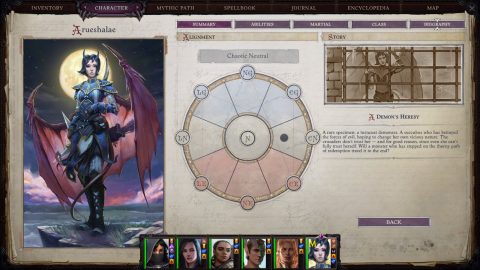
You get angel and demon paths as options at start, and can unlock the chaotic good azata, chaotic neutral trickster, lawful neutral aeon, and neutral evil lich over the course of the first two chapters with proper decision making, making a final decisions at the end of chapter two. As for the advanced paths, they include giving up your powers to become a legend, gaining a level cap of 40 and the ability to level up faster, becoming a gold dragon, becoming the most evil thing imaginable as a swarm of hungry demon bugs (the one path where everyone abandons you), and the aeon and azata exclusive devil path.
The way it works is that you gain mythic ranks slowly over the game, with a max of ten. Your companions also gain these ranks, never ascending like you do, but gaining their own additional bonuses. You, however, get further skills, spells, and bonuses based on your mythic path, and you’ll gain mythic ranks from both story moments, and from your own unique path exclusive quests. You even get unique options based on your powers, replacing alignment exclusive choices.
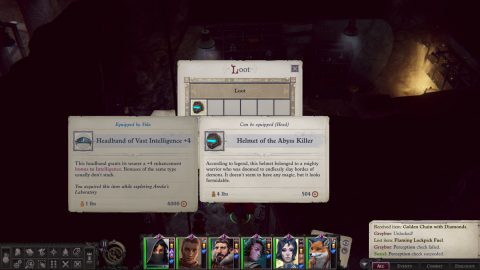
For example, the azata gets to assemble a bunch of outcasts, who will occasionally show up to beat some demons for you off screen, and can restore bits of nature in some areas. Visiting them also gives you goofy side stuff to do, like deciding what weird artist gets to do their project first. However, the demon path has you dealing with your rage and a demon lord trying to use you for her own reasons – that demon lord being one from the main story, actually adding to your relationship with her in chapter four. Of course, you can also get trickster and get a bunch of trolling, reality warping options that subverts some story beats.
Every path also has their own unique abilities, giving you basically an entire super class alongside your main build. An azata is basically a superhuman bard, for example, giving lots of buffs and status heals, while the aeon has high end defensive game with anti-magic options. It must also be mentioned that the trickster path abilities are basically something on the level of the infamous high charisma bear or Old Man Henderson weeman shenanigans. To give you an idea of how ridiculous they get, you can buff trickery in a way to extend the definition of traps to multiple magical effects and living creatures just because they can be described as “complex devices” and can therefore be disabled like a trap – a complex device. Yes, really.
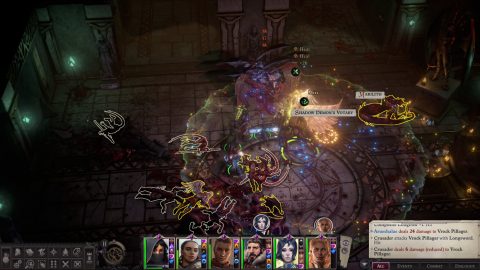
With the more steady difficulty curve early on, Wrath of the Righteous is a more overall approachable game with way more rewarding development paths. Even the extra management mode is more engaging, though not without some questionable decisions. Since you are running the fifth crusade, you get crusade management, which is mainly laying out some buildings in captured forts for passive bonuses, making decisions on events (this time sans advisors), hiring units and mercenaries, assigning generals to armies, and keeping track of finance points, energy points, and material points (all but energy points easily bought with your GP).
Advisors are replaced by four councils, each populated by an official and some of your companions. Instead of just having a short spiel from one advisor and making a choice to do what they want or not, you get various voices throwing out options and debating before making a call. It was a great idea just in terms of flavor, some of the best writing moments coming during rank up meetings as everyone makes their arguments, and people you’d normally not agree with can make good points and throw out some good ideas to consider.
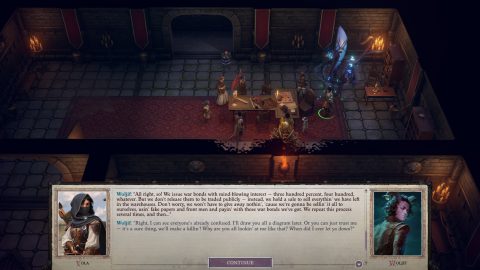
We also now have a turn based strategy mode where you get direct control of your armies and generals. It’s probably best compared to Heroes of Might and Magic III, while also being a faithful adaptation of the rule set from the original material. That might be its biggest issue, as it creates some brain dead strategies that does a disservice to the wealth of units given to you, most battles coming down to one big horde unit running down enemies.
After all, low rank units that you can really bump the numbers of take up very little infirmary space (where killed units can recover to be resurrected after the fight, with a limited amount possible), meaning less unit loss over all. Higher end and mythic units are always at a defensively poor position while eating up infirmary space. These units all can still have their place, but the depth of the system kind of gets lost in all this, especially when generals enter the mix. They have unique actions, including number thinning attacks, which really wears down any sort of challenge the system could have.
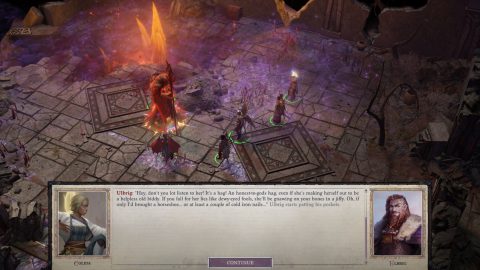
The main story ends up more in an interesting category than a good or bad one. The main antagonist of the story, Areelu Vorlesh, is more complicated then expected, but doesn’t really slide neatly into any category, as the game wants you to draw your own conclusions about her. Just know that some of those details are hidden, and you can lock yourself out of knowing more if you don’t make certain choices.
While it’s never the focus, there’s some interesting thoughts thrown out about the nature of good and evil in this universe, further leaving you to question, and even encouraging replays as different mythic paths to see completely unexpected outcomes. It’s thematically consistent, but there’s a lot of themes in there, ranging from the nature of morality, chaos of war, failures of institutions, impact of trauma, the complicated natures of relationships between people with alien viewpoints, ect. It becomes difficult to really nail down a central through-line – which might also be the point, and does encourage you to express yourself and where you land on these various topics.
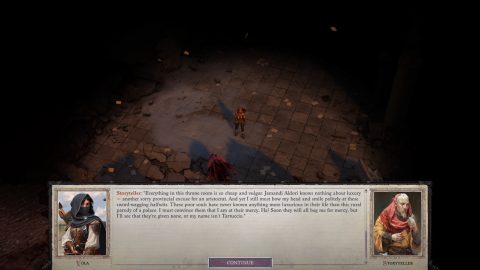
All DLC isn’t out yet as of writing, but the must get is definitely The Last Sarkonians, which adds a new companion to the main game, new companion quests, and the odd shifter class. Inevitable Excess is a late game adventure based around time shenanigans and remixing some earlier quests, focused on high level combat. Treasure of the Midnight Isles is a bonus dungeon that can also be played as a rogue-like mode for build testing. Through the Ashes is a two part side story about people in Kenabres surviving the demonic invasion, with extra survival mechanics. The last planned DLC seems to be an ME3 Citadel style addition, with a last minute revisit to Kenabres to party with your group before the finale.
All in all, Wrath of the Righteous is not one to miss. It’s a true highlight of what CRPGs are capable of, a real show of impressive ambition met. It also expands on difficulty options even further, making it even more beginner friendly. Highly recommended for fans of the genre, and for those wanting to try this type of game out, definitely one of the must plays of its kind, and hopefully a strong sign for the studio’s future endeavors in the grim darkness of a far off future where there is only war.
